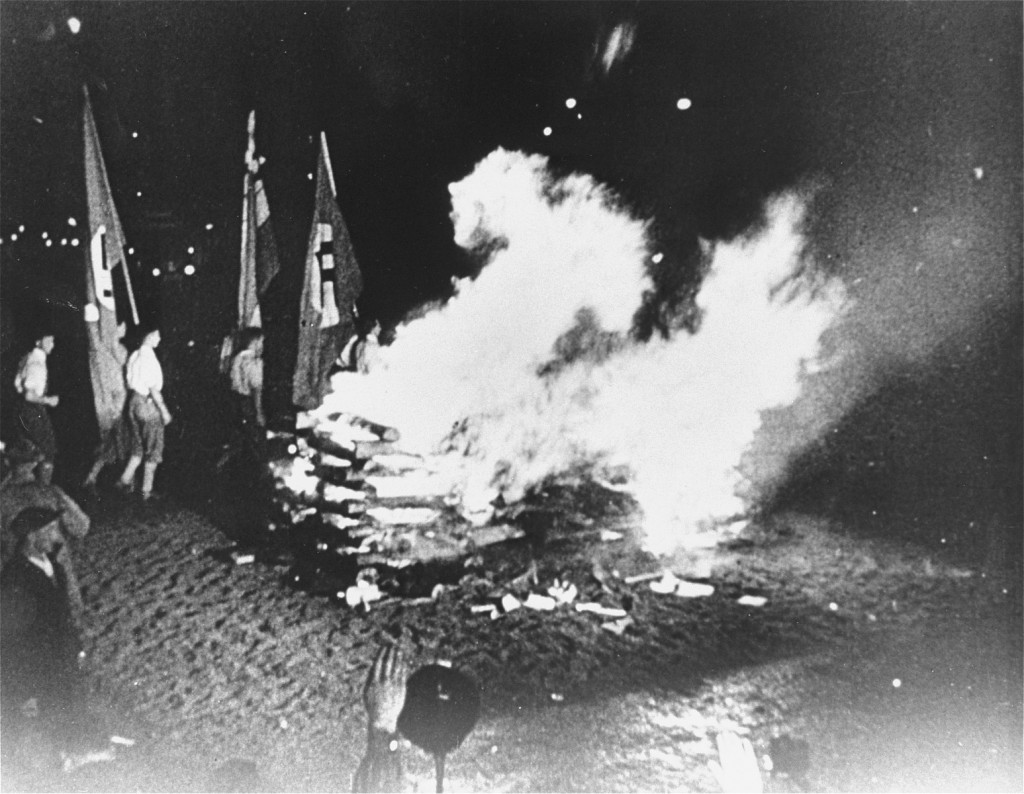
Jakob Wassermann
In 1933, Nazi students at more than 30 German universities pillaged libraries in search of books they considered to be "un-German." Among the literary and political writings they threw into the flames were the works of Jakob Wassermann.
Excerpt
I am a German and I am a Jew, one as much and as fully as the other, both simultaneously and irrevocably.
—Mein Weg als Deutscher und Jude (My Life as German and Jew), Jakob Wassermann
Which of Jakob Wassermann's Works were Burned?
All works published before May 1933
Who was Jakob Wassermann?
German writer Jakob Wassermann (1873-1934) rose above humble origins to produce his first successful novel in 1897, Die Juden von Zirndorf (The Dark Pilgrimage). In this work, he described Jewish life in his native Franconia. Wassermann moved to Vienna in 1898 and became friends with the group of artists known as "Young Vienna." Christian Wahnschaffe (The World's Illusion), his 1919 two-volume epic about European civilization on the brink of war, brought him international fame. By the Weimar era, Wassermann had achieved popularity equal to that of Thomas Mann and Hermann Hesse.
Wassermann had experienced antisemitism while serving in the German army. His essays on the dichotomy of being both a Jew and a German painted a progressively bleak picture for the future of German-Jewish assimilation. Wassermann saw his writing as part of a broader quest for justice; he criticized modern society, in which he saw rationalism supplanting basic human impulses such as love and empathy. Wassermann was forced to leave Germany after Hitler's rise to power. He viewed the Nazi rise as a confirmation of his earlier pessimistic view.
All of Jakob Wassermann's works were proscribed and burned by the Nazis. He died in poverty in 1934.
Critical Thinking Questions
How did the German public react to the book burnings? What were some of the reactions outside of Germany?
Why do oppressive regimes promote or support censorship and book burning? How might this be a warning sign of mass atrocity?

